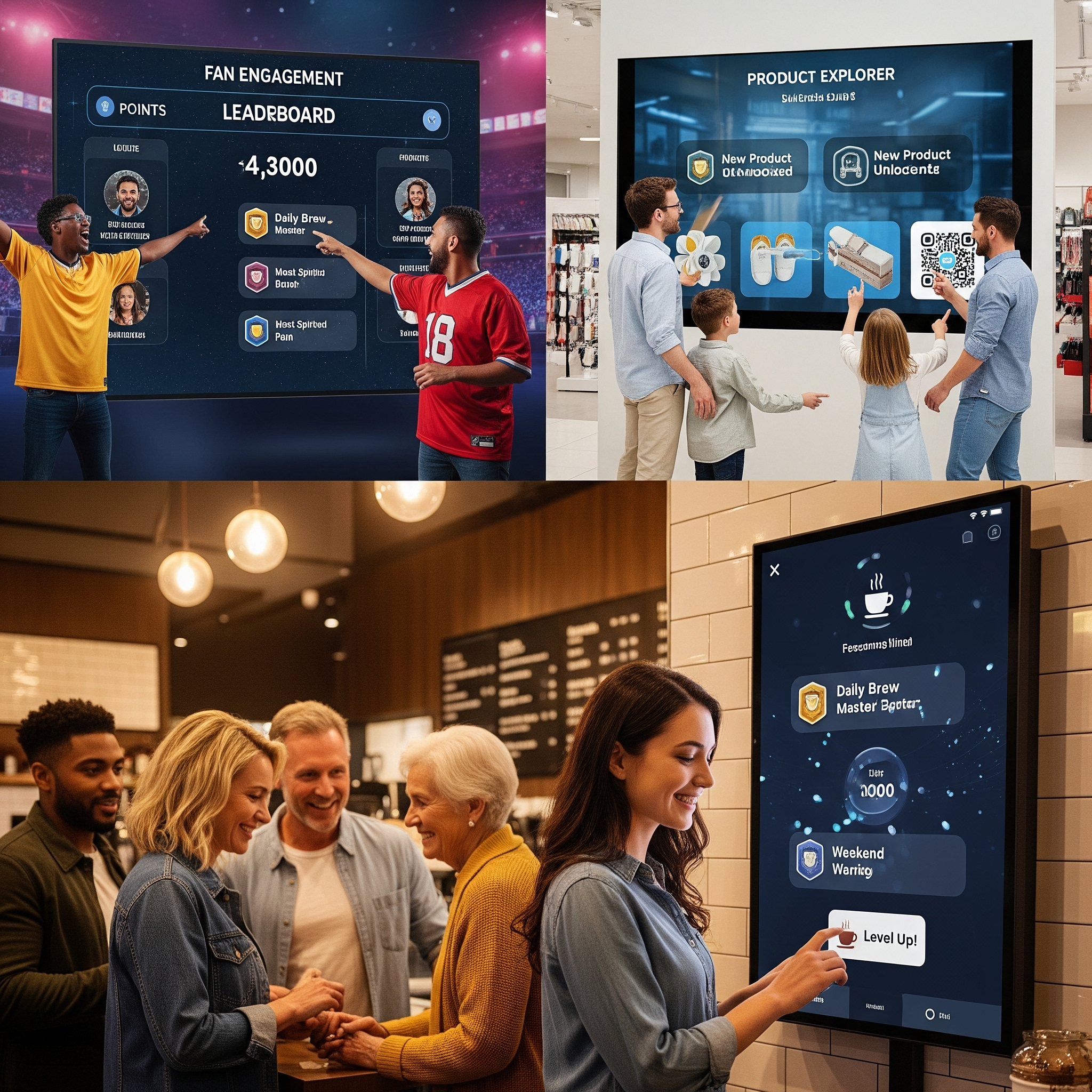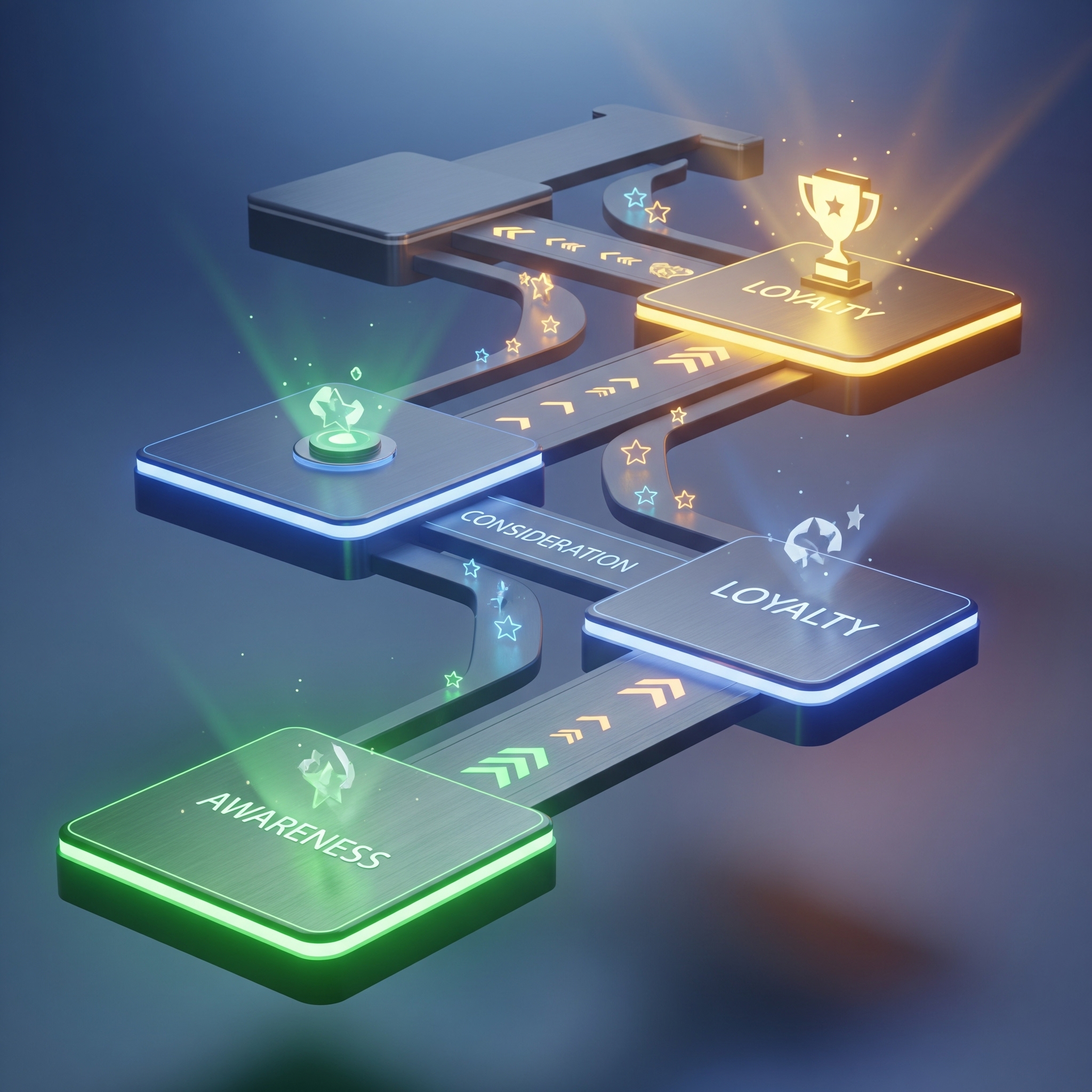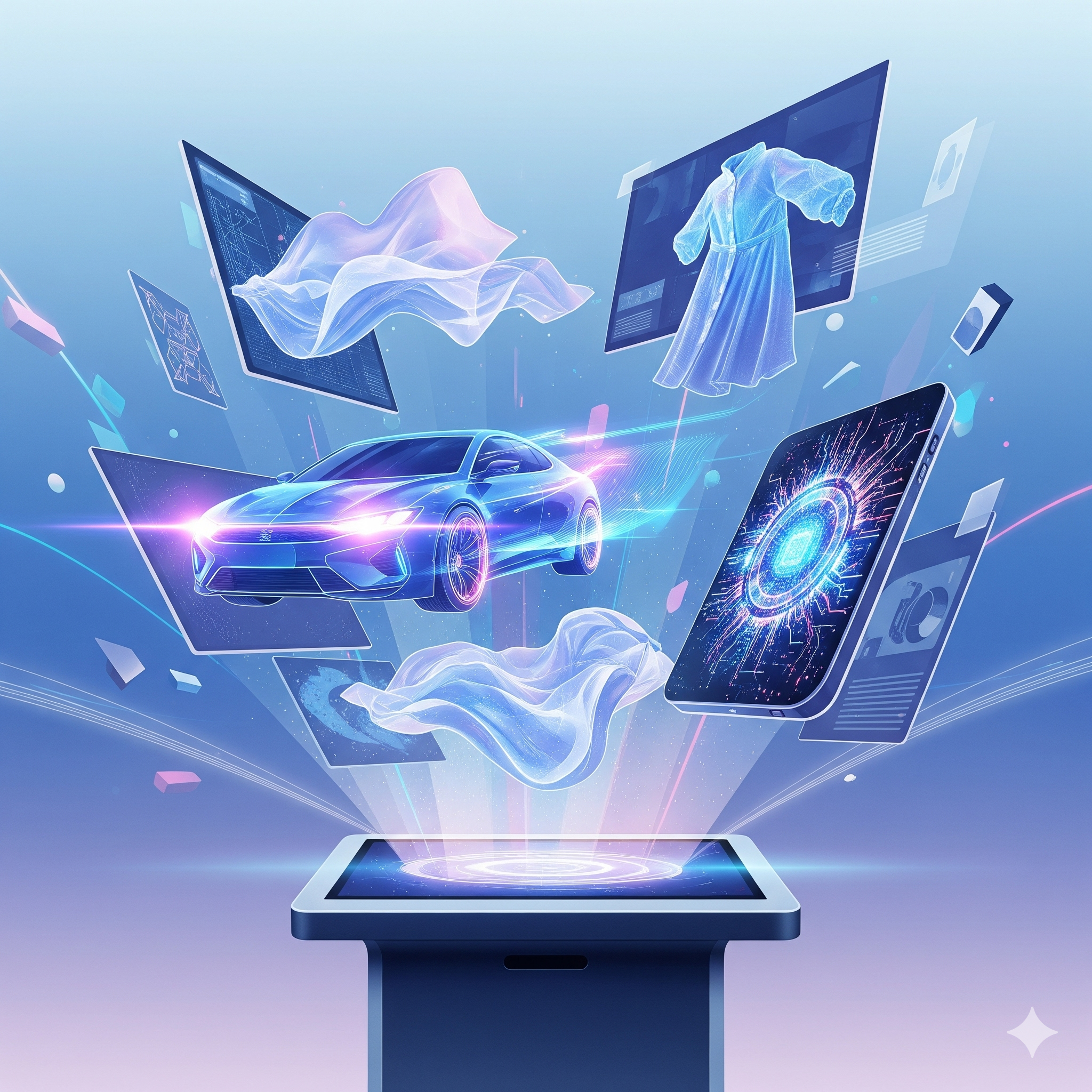The rise of digital interaction has reshaped how brands connect with their audience. No longer is it enough to simply broadcast messages; today’s consumers crave active participation and memorable experiences. This is where gamified brand engagement enters the spotlight, proving itself to be an indispensable tool in any modern marketing arsenal.
Why Gamified Brand Engagement is Your Next Marketing MVP
The marketing landscape is constantly evolving, with new strategies emerging to capture fleeting attention spans. While traditional advertising still has its place, the power of interactive experiences to build lasting connections is undeniable. The integration of game mechanics into non-game contexts, or gamified brand engagement, has become a formidable force, transforming passive consumers into active brand advocates.
Imagine a customer not just buying your product, but actively playing with your brand, earning rewards, and competing with friends. That’s the magic of gamification. It taps into innate human desires for achievement, recognition, and social interaction, creating a virtuous cycle of positive reinforcement and deeper brand affinity. For us at PearlQuest, as a content writer, I’m thrilled by the creative possibilities gamified brand engagement offers in storytelling and user journeys. We constantly brainstorm how to weave compelling narratives into interactive experiences, making every touchpoint an adventure.
The Power of Play: How Gamification Transforms Customer Journeys
At its core, gamified brand engagement is about making the customer journey more enjoyable and rewarding. Think about loyalty programs that award points for purchases, leaderboards that celebrate top contributors, or interactive quizzes that educate users about a product. These aren’t just gimmicks; they are carefully designed mechanisms that leverage psychology to drive desired behaviors.
From the initial discovery phase to post-purchase advocacy, gamification can be seamlessly integrated. During the awareness stage, a brand might launch a fun, shareable online game related to their industry, drawing in new prospects. For engagement, interactive challenges or personalized quests can keep users hooked on a website or app. And for loyalty, tiered reward systems with exclusive benefits can turn casual customers into devoted fans. At PearlQuest, we are inspired by how gamified brand engagement can turn a mundane signup process into an exciting quest for new users, significantly boosting conversion rates. We’re always looking for innovative ways to apply this across various client needs.
Boosting Brand Loyalty and Advocacy Through Interactive Experiences
In today’s competitive market, customer retention is as crucial as acquisition. Gamified brand engagement excels here by fostering a sense of community and belonging. When customers feel invested in a brand, they are more likely to return and recommend it to others. Leaderboards, badges, and virtual currencies create a sense of progression and accomplishment, encouraging continued interaction.
Consider a fitness app that awards virtual trophies for reaching exercise milestones. Users aren’t just tracking their workouts; they’re competing, celebrating achievements, and sharing their progress. This creates a powerful emotional connection with the brand. Similarly, for an e-commerce platform, a “spin the wheel” discount or a scavenger hunt for hidden product codes can turn shopping into an exciting game. For PearlQuest, as a company focused on delivering impactful digital solutions, we plan to further explore integrating sophisticated analytics into gamified brand engagement strategies. This will allow us to precisely measure user behavior and optimize engagement loops for even greater client success. We wish to develop bespoke gamification frameworks that are not just fun but also data-driven, ensuring a tangible ROI for our clients.
Overcoming Challenges in Gamified Brand Engagement Implementation
While the benefits are clear, implementing effective gamified brand engagement isn’t without its challenges. It requires a deep understanding of target audience motivations, careful balancing of rewards to avoid saturation, and seamless integration with existing marketing strategies. A common pitfall is creating a gamified experience that feels tacked on rather than integral to the brand’s identity.
One challenge we often discuss at PearlQuest is ensuring the gamified elements genuinely enhance the user experience rather than becoming a distraction. It’s about finding that sweet spot where the “game” aspect feels natural and organic to the brand’s message. We believe that thoughtful design and iterative testing are key. Our team gets motivated by the prospect of solving these complex puzzles, ensuring that any gamified solution we propose is truly impactful. We prioritize user research and prototyping to refine concepts before full-scale implementation, which helps us to create experiences that resonate deeply with the target audience.
The future of marketing is interactive, and gamified brand engagement is undeniably at its forefront. By embracing the power of play, brands can forge deeper connections, build unwavering loyalty, and transform their customers into enthusiastic advocates. It’s not just a trend; it’s a fundamental shift in how we think about brand-consumer relationships. For any marketing professional looking to elevate their strategy, exploring the vast potential of gamified brand engagement is no longer an option – it’s a necessity.





